JOHN LEWIS Clayton Drop Leaf Table
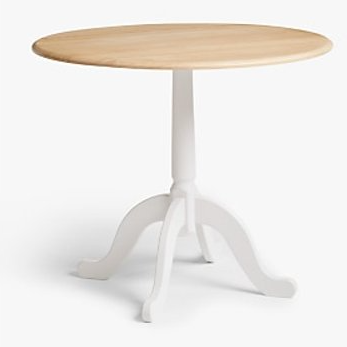
Thank you for purchasing the Clayton table. Please read the instructions and warnings carefully before use, to ensure safe and satisfactory operation of this product. At John Lewis, we are committed to making great products possible.From our in-house Design Team, to our Buyers, we work together to bring great design to life.Our expert Product Technologists work collaboratively with our buyers and suppliers to assure the legality, safety and quality of the product we sell.We are all committed to designing and developing products to the highest industry standards.We hope you are happy with your product and welcome any feedback or comments you may have.
The John Lewis Team
Tools Required
Time to Assemble = 20 minsPeople to Assemble
Important Safety Information
- Keep small parts out of reach of children .
- Ensure the product is fully assembled as illustrated before use.
- Check the pack and make sure you have all the parts listed.
- Check all screws or bolts are tightened and inspect regularly.
- Make sure the legs remain in contact with the ground at all times.
- Do not over tighten screws or bolts.
- Do not stanci on the product.
- Do not use power tools to construct as overtightening and panel failure may occur.

Overview
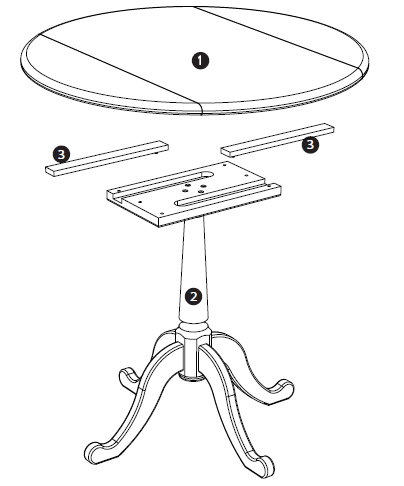
- Table top: 1
- Pedestal base: 1
- Wooden slides: 2
- Table overall size: H76 W90 D50 cm
Fixtures and Fitting


Product Assembly
Step 1: Please take care to match the correctly coloured runner and slot on the base.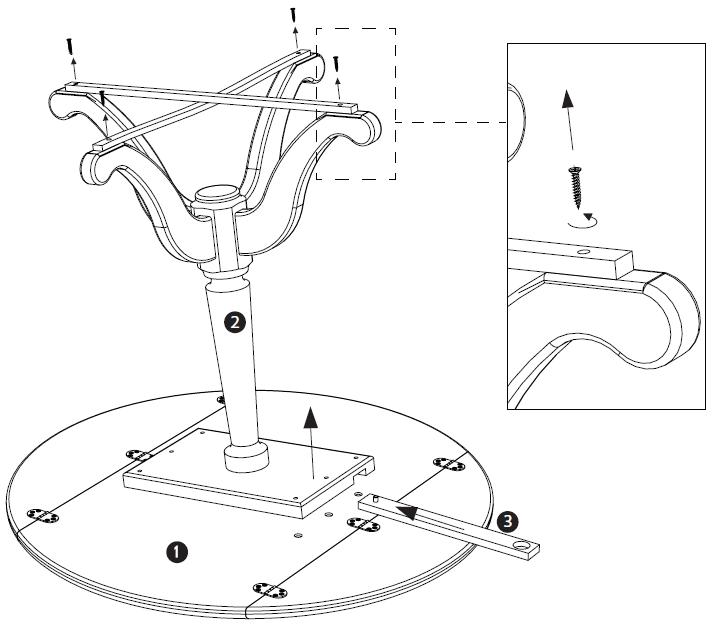 Step 2:
Step 2:
Step 3: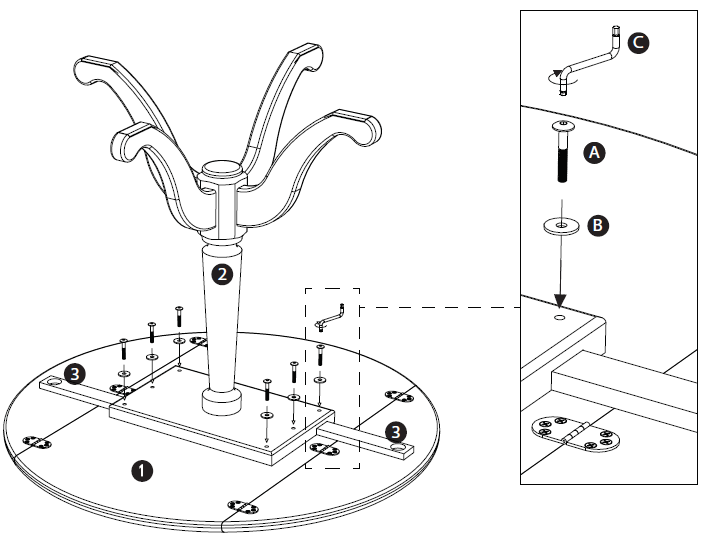
Step 4: Step 5:
Step 5: Step 6:
Step 6: Care and maintenance
Care and maintenance
Wood furnitureWood displays different grain patterns depending on which way they cut – for example, the ‘medullary ray’ which can appear on oak furniture is a mark of good quality timber – these are just characteristics of the natural beauty of the wood. Some furniture is also deliberately aged and rustic.Wood veneers also allow distinctive patterns to be created on flat surfaces, such as table tops and drawer fronts by the way the slivers are arranged.All timber surfaces will change colour and mellow over time. New furniture will initially vary in shade from items that have been previously purchased
How to care for your wood furnitureFurniture with a hard lacquer, wax polish or painted surface should be dusted with a dry cloth.Waxed furniture will need to be given a coat of beeswax a couple of times a year to help maintain its luster.Spray polishes are best avoided as they contain silicones which may spoil the furniture’s surface by building up over time.Make sure all surfaces are protected from heat and liquids by mats and coasters. Wipe up spills immediately and ensure that a mat or pad is placed under paper if you are writing.Extendable dining tables should be left extended for the first few months to avoid an uneven appearance. Likewise, lamps and ornaments should also be moved regularly.Our furniture will endure most temperatures in the home but it is best to avoid placing furniture next to heat sources such as radiators or fires. Be particularly careful with solid wood as the lack of humidity caused by central heating can cause damage such as warping
Protect surfaces from scratches and marks by using mats and coasters.PLEASE KEEP THESE INSTRUCTIONS FOR FUTURE REFERENCE

References
[xyz-ips snippet=”download-snippet”]

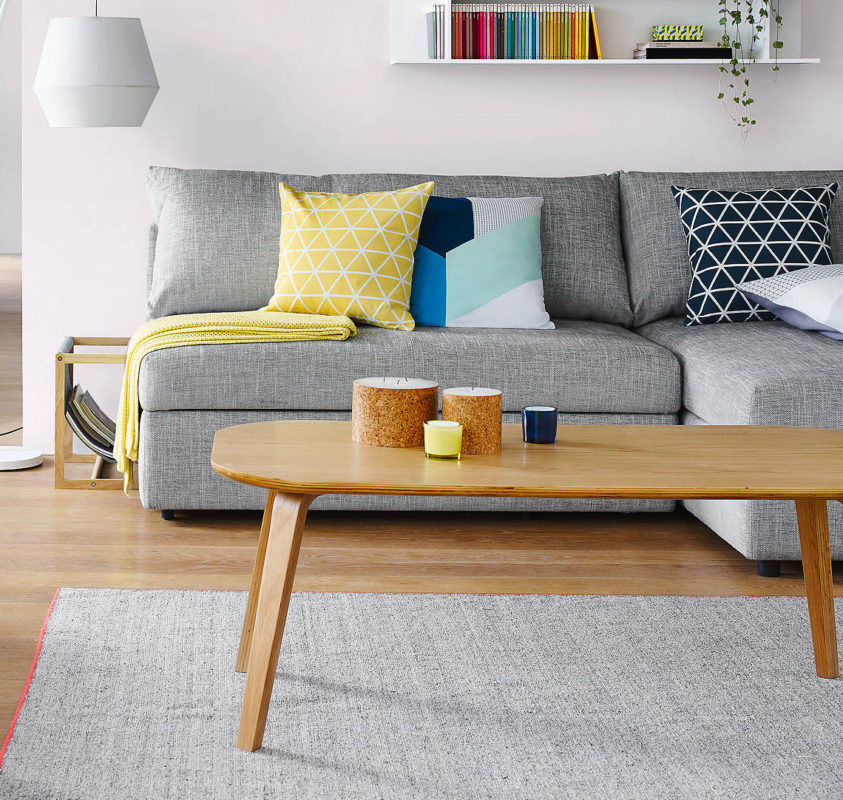

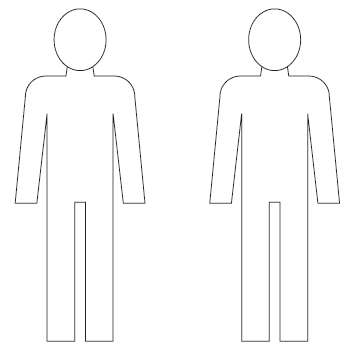

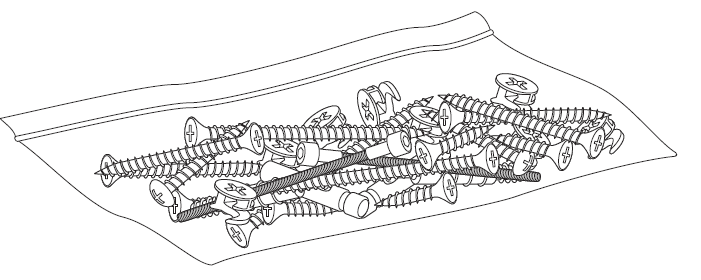
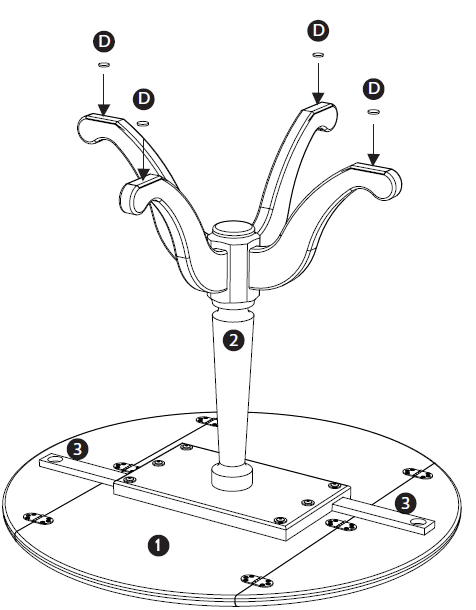 Step 5:
Step 5: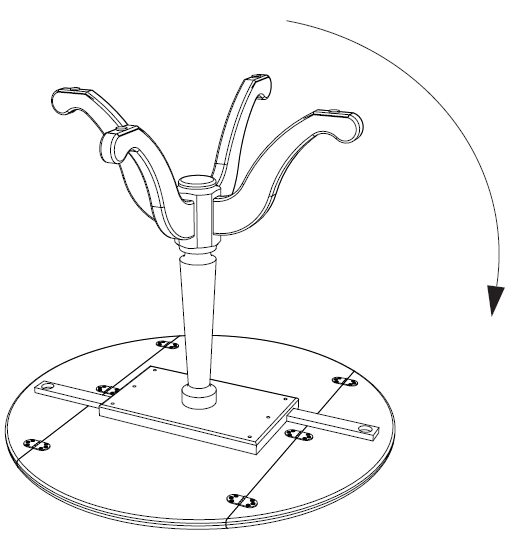 Step 6:
Step 6: Care and maintenance
Care and maintenance